Good day folks, Shawn here from Air Photography. I’ve recently purchased the new DJI OM 7P and have been using it for a while. Having also owned the Insta360 Flow 2 Pro for some time, I thought I’d compare these devices to help those deciding between them. Both are excellent smartphone gimbals, and you’ll be pleased with either choice.
Physical Characteristics
The DJI OM 7P and Insta360 Flow 2 Pro are very similar in shape and size. The OM 7P is slightly lighter at 368 grams, compared to the Flow 2 Pro’s 382 grams—a small but noticeable difference. Both feature a quarter-20 thread at the bottom for connecting to tripods, extension poles, and other accessories, and both have built-in tripods that function similarly, though the Insta360‘s larger footprint makes it more stable.
Both gimbals fold out and power on with a single motion, and likewise fold up and power off just as easily. Each unit includes a pull-out extension pole on top with an adjustable tilt for more natural angles. They also both offer comfortable grips with trigger buttons for various functions, and user-friendly front interfaces.
The Insta360 Flow 2 Pro has a more minimalist interface, while both provide similar functionality. Personal preference will play a role here, though I prefer the DJI layout. While both feature joysticks, I find the DJI’s offers better fine-tuned control. The DJI also includes a screen showing Bluetooth connection status, battery level, and current mode. On the side is a focus and zoom wheel, while the Insta360 integrates similar controls into its interface.
Package Contents and Pricing
Both packages include smartphone clamps that accommodate a wide variety of phones, including large ones like the iPhone 14 Pro Max and 16 Pro Max. Optional MagSafe connectors are available for purchase separately for both models.
Despite their similarities, pricing differences exist:
- The DJI OM 7P costs $149 and includes their multi-functional module featuring a tracking camera, adjustable fill light, and wireless mic receiver. This module allows tracking in third-party apps and connects with up to two DJI Mic Mini units or DJI Mic 2 transmitters.
- The Insta360 Flow 2 Pro costs $159 without an equivalent tracking module. Their tracking module with built-in fill light costs an additional $179, bringing the total to $179 for similar functionality compared to the DJI’s $149.
The Insta360 does include a feature called “dock kit” that enables tracking in third-party apps without purchasing the AI tracking module, but it’s limited to iOS devices and isn’t as responsive for high-speed movements.
Performance
After using both gimbals extensively, I haven’t found significant differences in stabilization quality. DJI has perfected stabilization through seven generations of smartphone gimbals and their drone experience, while Insta360 is on their third generation. Both provide excellent stability and smooth footage.
When it comes to tracking, however, there are differences. Both offer tracking via companion apps (DJI Mimo and Insta360), providing access to their full suite of features. The Insta360 app allows filming in ProRes, while DJI requires using the iPhone’s native camera app with their tracking module for ProRes recording.
Both gimbals excel at tracking humans, objects, and animals, even recovering subjects after briefly losing sight of them. The Insta360 offers an interesting Auto Zoom feature that automatically adjusts zoom levels to keep subjects appropriately framed as they move closer or further from the camera.
Both allow for adjusting framing—DJI through the joystick and Insta360 through their “pro framing guide” touchscreen interface. Starting tracking on both devices is as simple as pressing the trigger button.

Tracking Modules
Both tracking modules perform excellently, maintaining locks on subjects at various distances and when using third-party apps. The Insta360 Flow 2 Pro includes a selfie mirror built into the arm to help with framing when using the rear camera.
Key differences between the tracking modules:
- The DJI module connects to the side of the magnetic clamp but cannot be used with their MagSafe connector.
- The Insta360 module connects directly to the arm, allowing use with either the MagSafe connector or clamp, but occupies the USB-C port, preventing phone charging during use.
- The DJI model allows simultaneous phone charging, audio receiving, fill light use, and tracking.
The fill light controls also differ:
- The Insta360 has buttons built into the light itself, which can cause footage jitter when adjusting during filming.
- The DJI uses both side buttons and the focus/zoom dial (via long press) for smoother adjustments to brightness and color temperature while recording.
Conclusion
Both are excellent devices with their own advantages. Personally, I prefer the DJI OM 7P primarily for its multi-functional module that allows direct connection to DJI microphones, providing an easy way to capture quality audio while vlogging without purchasing a separate microphone kit.
Hopefully, this comparison helps you decide which gimbal best suits your needs. Thanks for watching!
Discover more from DroneXL.co
Subscribe to get the latest posts sent to your email.
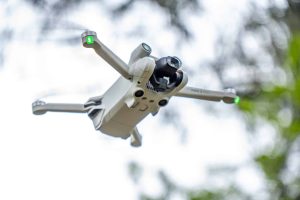
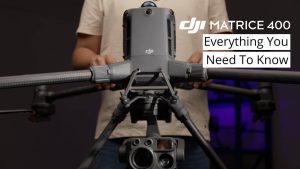

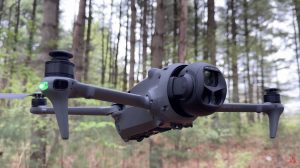
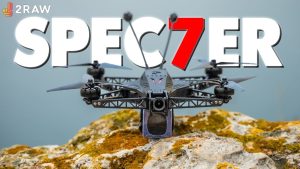
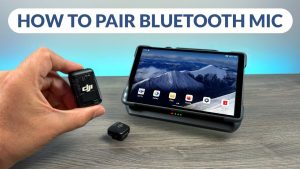

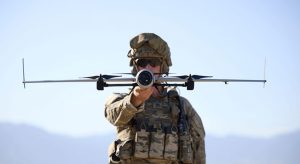
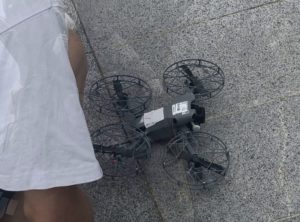
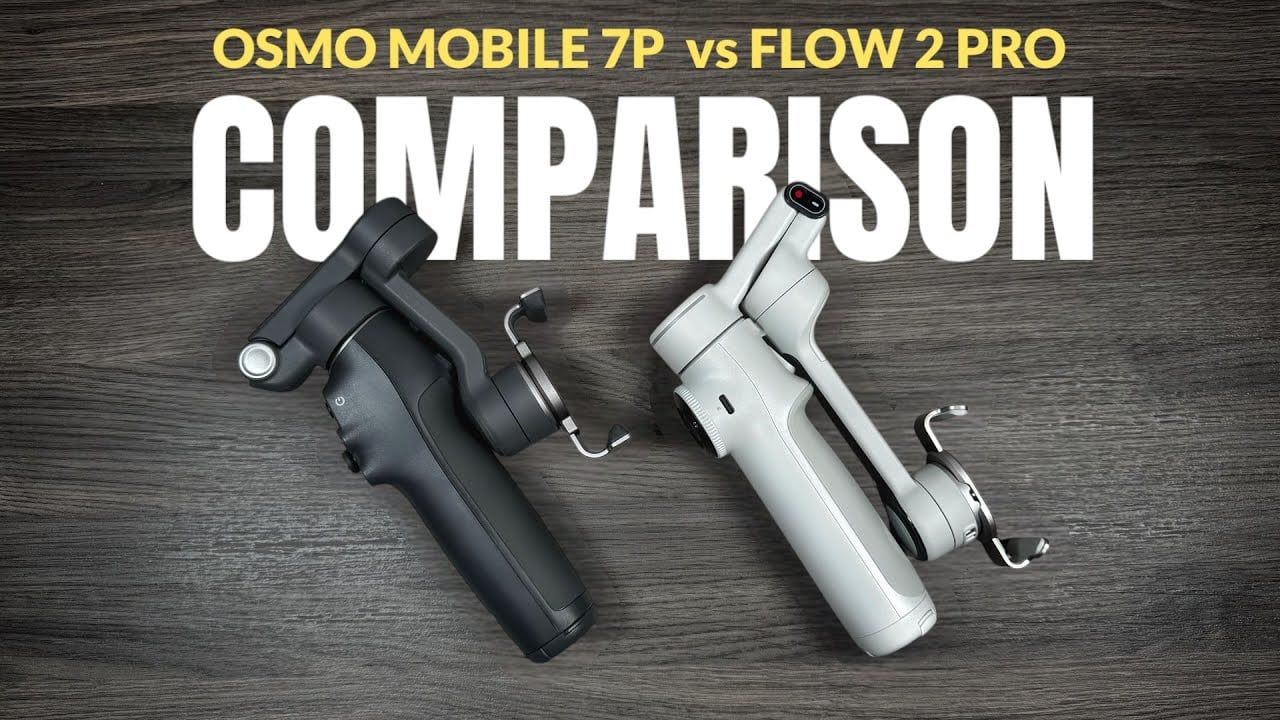

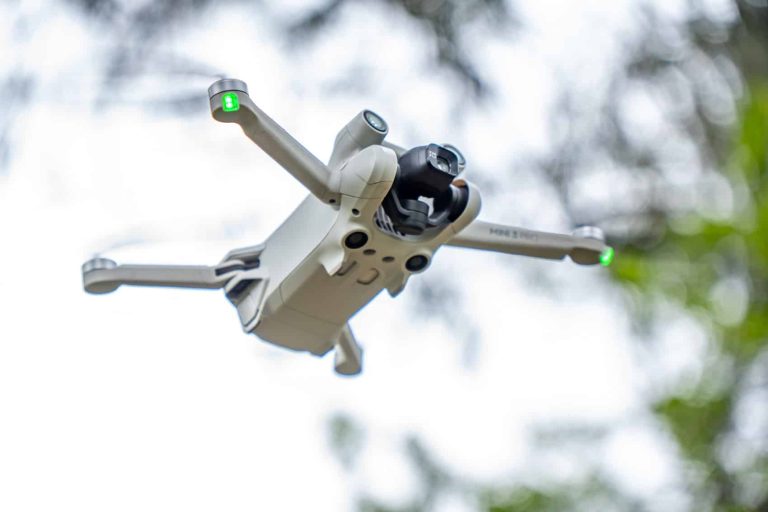
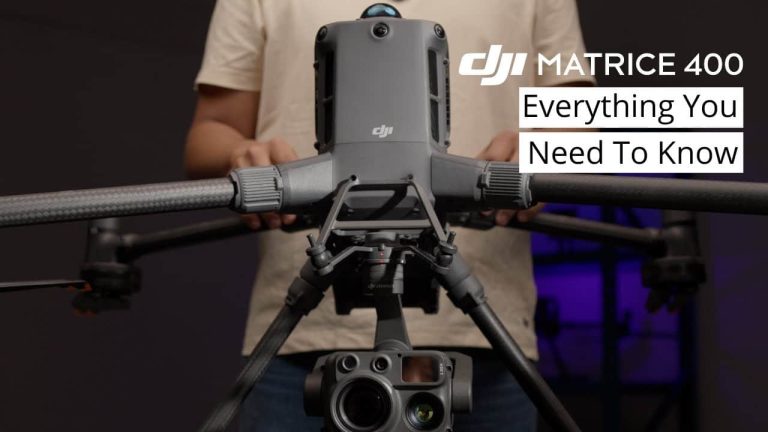
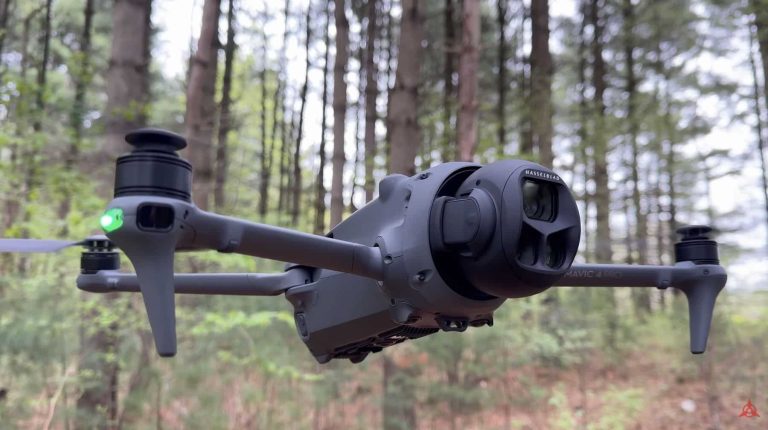

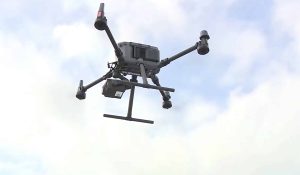
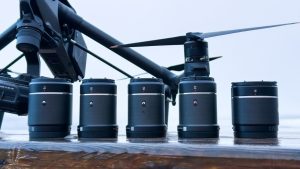
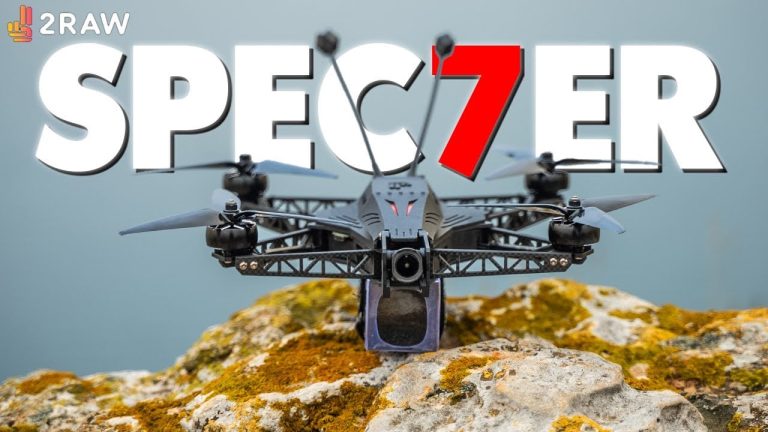

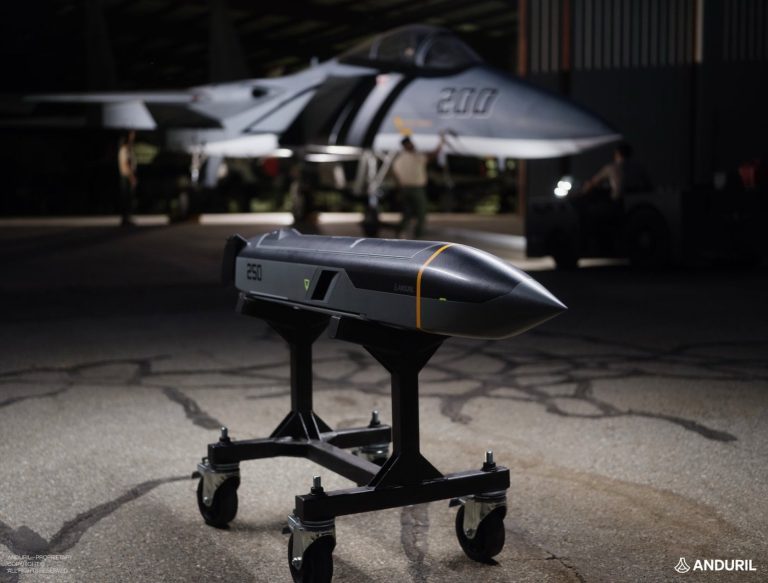
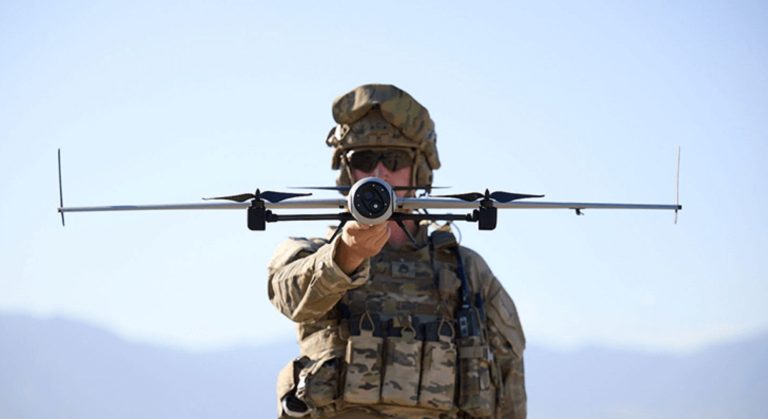
+ There are no comments
Add yours